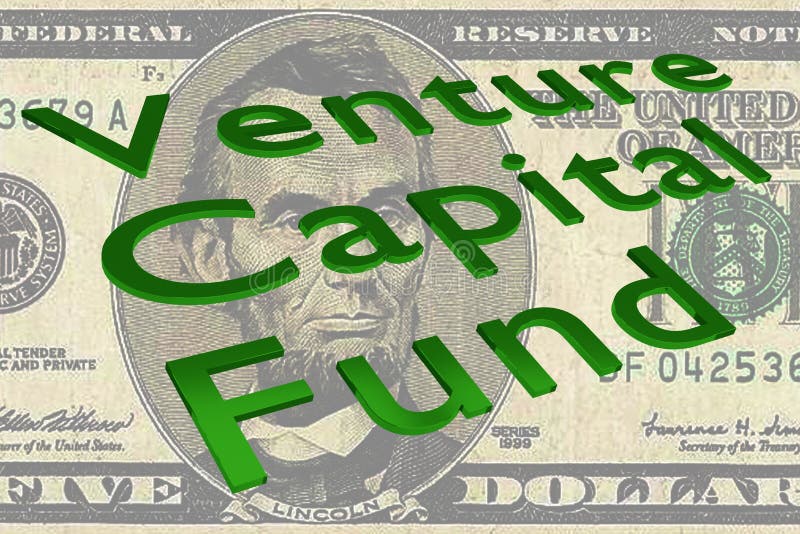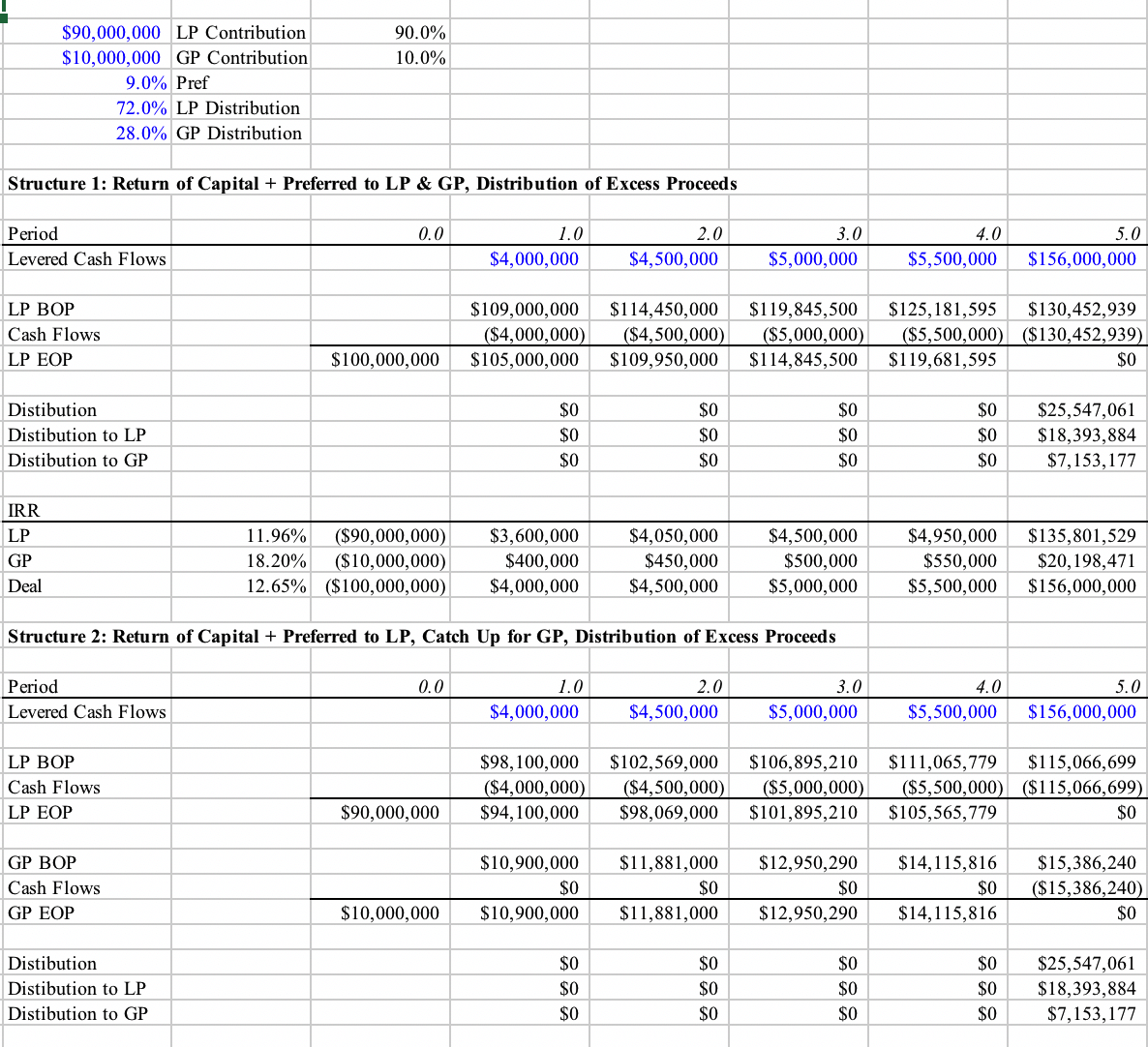

However, at the time the clout and signal that accrued to these firms allowed them to get access to other competitive rounds and also raise more funds from LPs.

By optimising for investing in competitive rounds, these startups appeared to be 'the real deal' when in fact a large majority were just zombies.

This led to a few benefits for some firms and individuals. And so you got companies raising new rounds within 6 months of each other leading to a hyper-aggressive markup of investments across many venture portfolios. Once a mega round was closed, the clock started ticking for the business to raise another round, ideally from another large fund. Rather than writing 30 $1M cheques and having to manage each of these companies, they could write 15 $2M cheques and look after fewer companies and spend less time running a due diligence process on startups. They had to do less work to deploy their capital. Firms also frequently 'pre-allocated' capital to future funding rounds in an attempt to visibly prove they had deployed all their capital and needed new funds. They were burning through their funds and rather than raising a new fund every 2-3 years, raised funds every 1-2 years meaning they got a meaningful increase in assets under management and top-line revenue to grow their firm. Whilst VC firms were paying high prices on each investment, this strategy made sense due to a few factors:
VENTURE CAPITAL FUND MODEL EXCEL HOW TO
This was a fantastic deal for founders because they got a lot of money upfront and didn't need to think about raising for a long time.Īs such, you now have companies that have 4 years of runway, led by founders who are still early in the journey of learning how to lead teams and scale an organisation. What used to be a $1M seed round, was now a $4M seed round, and instead of 20% dilution, it was now 10% dilution. This meant that founders were given more money in exchange for less equity. However, with abundant capital in the market, these guidelines basically became nonexistent. Previously, there were clearer guidelines with how much dilution founders would take on with each round and a range for how much they should raise. Now, early-stage venture valuations are never really tied to hard metrics, but rather an imputation of the amount of equity the founder wants to give up (i.e., dilution) and the amount they want to raise at any given time.Īs an example, if a founder wanted to raise $1M, and exchange this for 20% equity in their business, this would mean the post-money valuation of the startup would be $5M. This would normally be a good thing, but with a sustained oversupply of capital, this left a significant number of firms fighting for allocation in a small number of deals that are worthwhile investing in. Operators left their stable corporate jobs and later-stage startup roles, to have a go building a generational company themselves. With an oversupply of capital, demand quickly followed. Firms all over the world were raising large multi-stage funds in an attempt to compete with Softbank and eke out strong returns in what was quickly becoming the longest bull run in history. What started with Softbank's Vision Fund 1, a $100 billion venture fund, quickly permeated through the rest of the venture ecosystem and spilled out into hedge fund land. So let's talk about how we got here and where we are headed. VCs have created hoops for these founders to jump through and boxes for them to contort themselves into. Who was I, to tell a startup founder how to tell the story of their business? Unfortunately, that's the world we live in. When writing my article about how a founder should craft their startup's narrative, I couldn't help but think how broken this system was.

What started off as a cottage industry rooted in backing steep contrarianism, is now an industry of short-termed thinkers speedrunning their way to stardom.įor an industry that should intimately understand business models and incentive structures, it's done a pretty poor job of aligning long-term success with short-term performance metrics.Īs a result, we've ended up in a gross reality with ludicrous sums of money being raised by both funds and companies and the media running riot on the extreme capitalism taking place. In its current state, I think we're on the precipice of dropping the 'Venture' and just being straight-up 'Capital'. Somewhere along the way, the 'Ad' got dropped and became Venture Capital, the business of investing in new ventures. When the VC industry started back in the 60s, it was originally called adventure capital.Īs Sebastian Mallaby writes in his book The Power Law, "The idea was to back technologists who were too dicey and penurious to get a conventional bank loan but who promised the chance of a resounding payoff to investors with a taste for audacious invention."


 0 kommentar(er)
0 kommentar(er)
